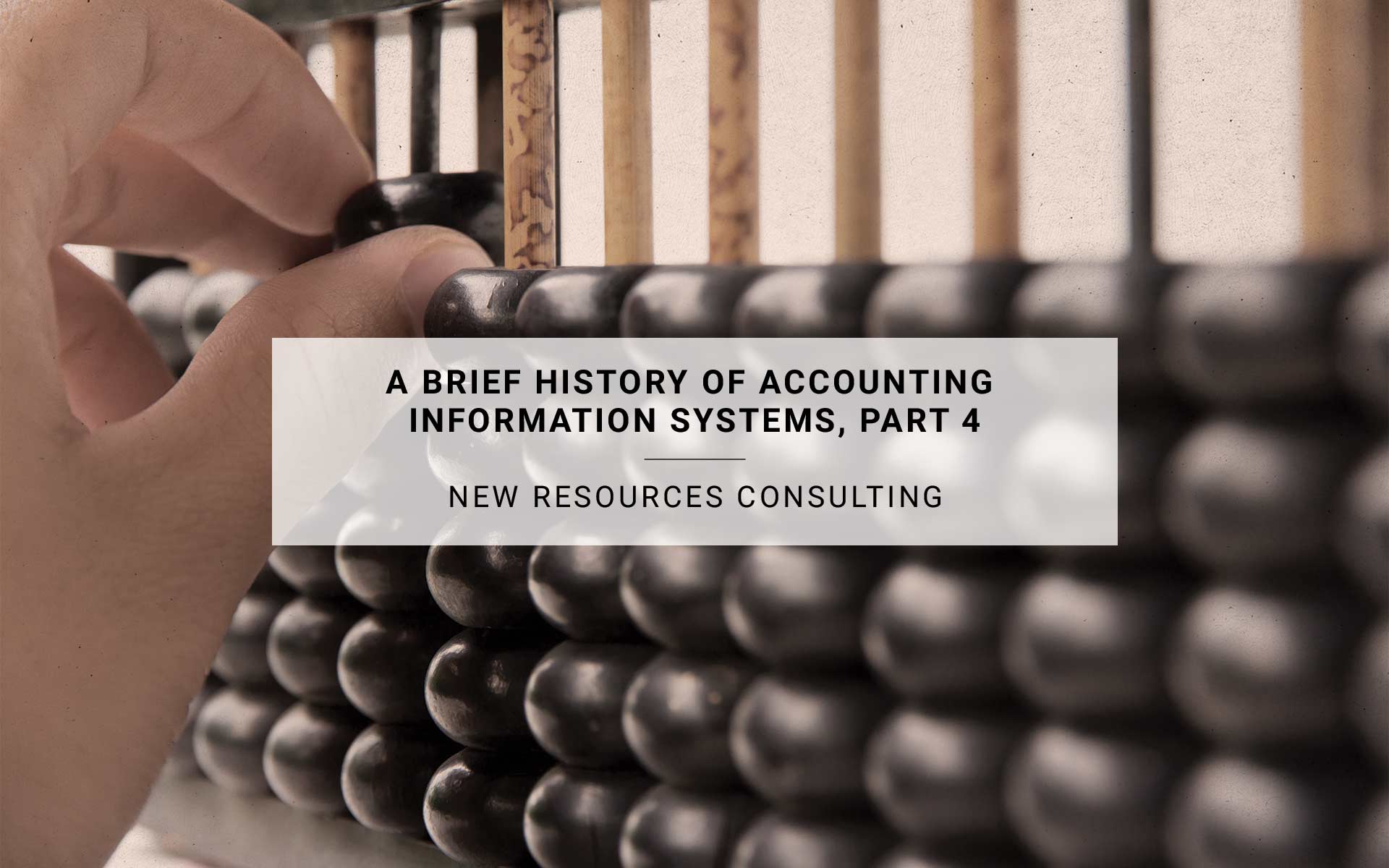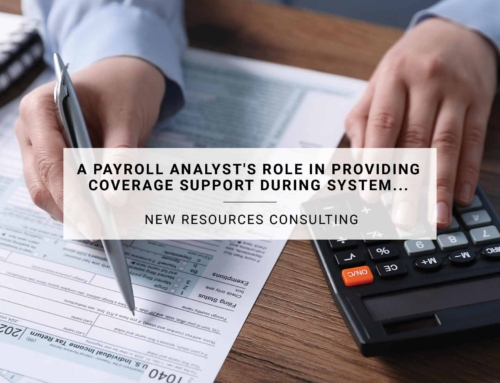In our quest to sharpen our perspective on the impact AI is likely to have on AIS and the accounting profession as a whole, we’ve taken a necessary detour through history. We find that accountancy, as a distinct profession, did not truly exist before the advent of the first bona fide AIS—the double-entry bookkeeping method introduced in 1494. This revolutionary method needed a catalyst to spread, and that catalyst was another technological breakthrough: the printing press.
Fast forward to the 19th century, where we see the convergence of social realities—such as the division of labor and industrialization—with newer technologies that embedded mechanical calculators within the accounting profession.
It is worth pausing to underscore how these technologies didn’t just nudge the profession—they disrupted it entirely. Pacioli’s method, in effect, created the profession. And let’s be clear: creation is the ultimate disruption. The printing press accelerated that disruption, scattering the seeds of double-entry bookkeeping far and wide. Then came the mechanical calculators, offering more reliable and faster calculations to those willing to master them. These devices altered the very barriers to entry within the profession. Before their arrival, a person’s ability to manually tally sums, or even do so on paper, was crucial to their success. While this remains relevant today, calculators leveled the playing field, allowing those less adept at mental arithmetic to compete. This broadened the scope of opportunity, while simultaneously dulling the edge of those who once relied solely on their speed with numbers. The impact was as inevitable as it was sweeping. Just as the mythical John Henry succumbed to the relentless steam engine, so too did the pencil-wielding bookkeeper find themselves outpaced by the unyielding precision of the Arithmometer.
The nineteenth century, never short on surprises, had more up its sleeve than the early mechanical calculators. If the printing press, a marvel of its own time, multiplied the impact of early Accounting Information Systems, then the invention of electronic communication exponentiated it.
Before the 1830s, communication was shackled to the physical limits of the messenger—whether it was by foot, horse, ship, or the steam engine’s burgeoning tracks. Each method offered a modest improvement in speed, yet all remained stubbornly tethered to the tyranny of distance. Then came Samuel Morse. With the transmission of the phrase “What God hath wrought” from Baltimore to Washington, D.C., everything changed. The telegraph was soon to be described as annihilating time and space itself. This was no hyperbole; it effectively erased the physical barriers that had dictated communication speed for centuries, a phrase that resonated deeply in the discourse of the 19th century and captured the transformative spirit of the age.
The telegraph did more than just quicken the pace of communication; it shattered previous limits and linked financial markets, governments, and businesses in ways that were, until then, the stuff of fantasy. This newfound connectivity didn’t just influence the global economy; it laid the very groundwork for it.
Suddenly, businesses could make decisions in real-time, reacting with unprecedented speed to market changes, customer demands, and the pressures of competition. This instantaneous exchange had a profound and direct impact on accounting practices. No longer could financial information be recorded and analyzed at the leisurely pace of yesteryear; it had to be done with a new urgency. The telegraph also played a crucial role in shaping modern financial markets, enabling the instantaneous transmission of stock prices, commodity values, and other critical financial data. This accelerated connectivity didn’t just grow stock exchanges and trading networks—it supercharged them.
In the wake of these changes, businesses began integrating telegraphic communication into their accounting systems, leading to more timely and accurate financial reporting. The sheer speed of communication demanded innovations in how financial data was managed, processed, and presented. And as if the telegraph’s disruption weren’t enough, the nineteenth century rounded out with the advent of other equally profound communication advances: Alexander Graham Bell’s telephone in 1876, and Guglielmo Marconi’s wireless radio in 1895.
As we in the twenty-first century ponder the form our professions will take upon converging with AI—accountants included—we should spare a thought for the accountants of the late nineteenth century, who were confronted with technologies that must have seemed nothing short of sorcery.
These new technologies didn’t just introduce the expectation of real-time financial reporting and decision-making—they demanded it. Accountants had to rapidly adapt to the new expectation of immediate access to financial data, a demand that obliterated the slower, more methodical pace of traditional bookkeeping.
The telegraph and telephone didn’t merely speed up communication; they transformed the entire business landscape. Stakeholders began to expect faster turnaround times for financial reports, audits, and other accounting services. Accountants, forced to streamline their processes, adopt new tools, and increase efficiency, found themselves in a profession that was no longer their own.
The telephone, in particular, tore down the boundaries between work and personal life, leading to a culture of constant availability and immediate response. Gone were the regimented working hours that once characterized the profession. Accountants now had to navigate an increasingly complex regulatory environment, where non-compliance could be detected and penalized at the speed of light. The traditional scope of accounting work was disrupted, requiring accountants to be ever more vigilant, proactive, and adaptive.
The telegraph and telephone didn’t just shift the skill requirements for accountants—they rewrote the rulebook. The emphasis moved from pure arithmetic and manual bookkeeping to the need for communication skills, data management, and the ability to quickly interpret and act on information. Accountants who clung to the old ways were left behind, their career paths disrupted by an unforgiving march of progress.
One might observe that these dramatic changes in the profession occurred during a convergence of novel technologies with what Emile Durkheim aptly called social facts—a historical motif that echoes throughout time. As we move forward into the twentieth century and toward what we would today recognize as modern AIS, we must evaluate how this motif continues to hold sway.










